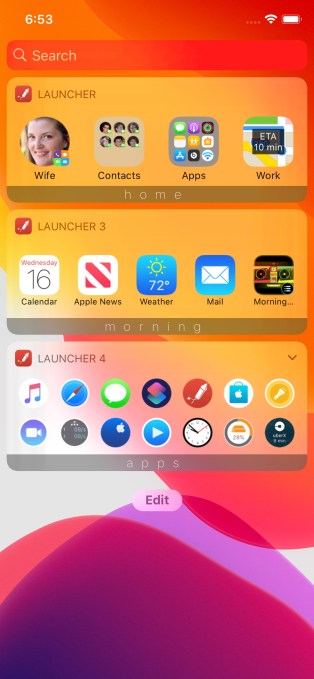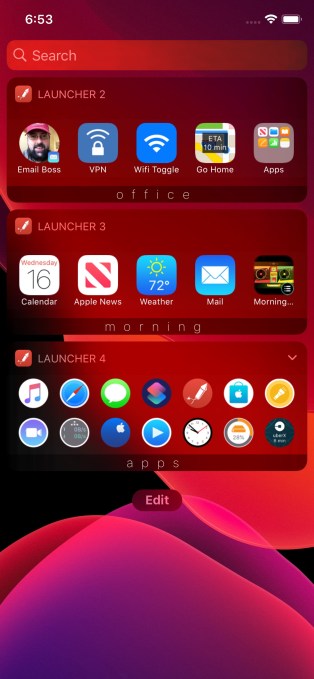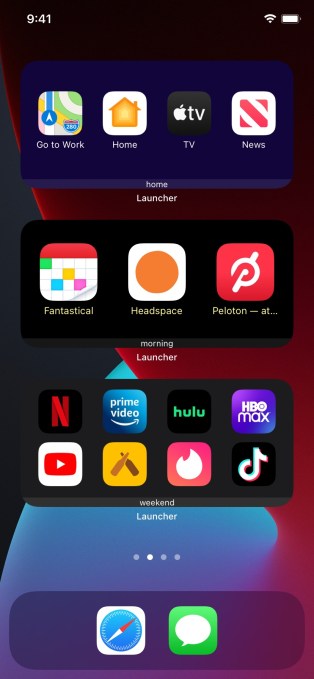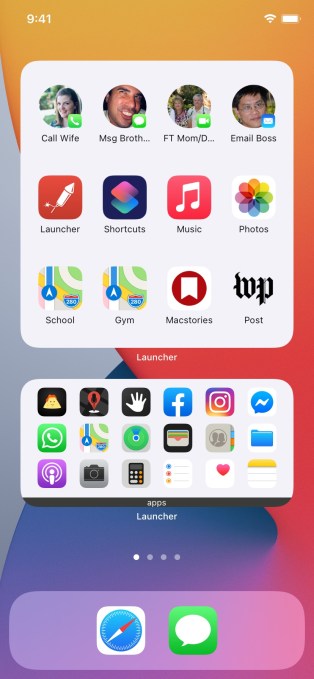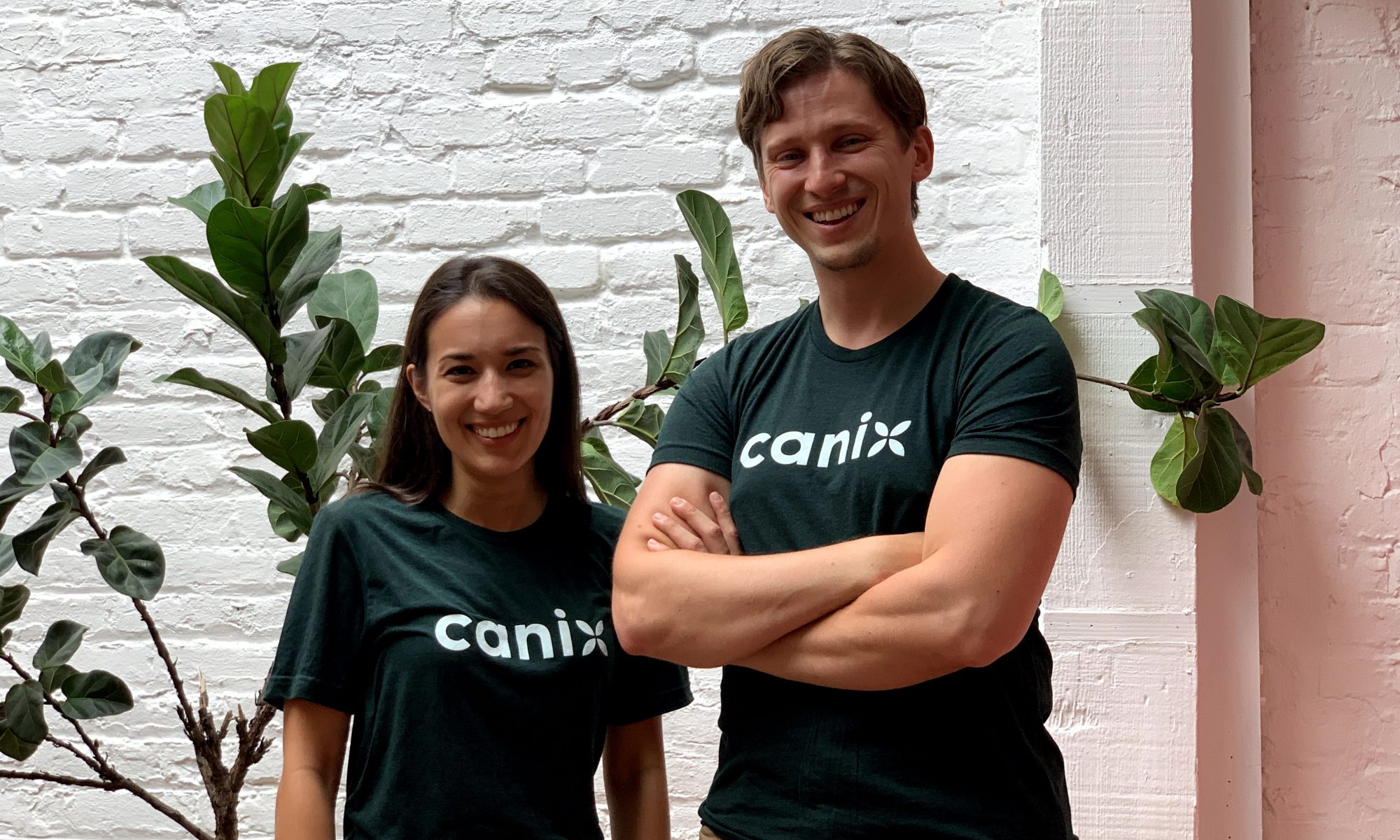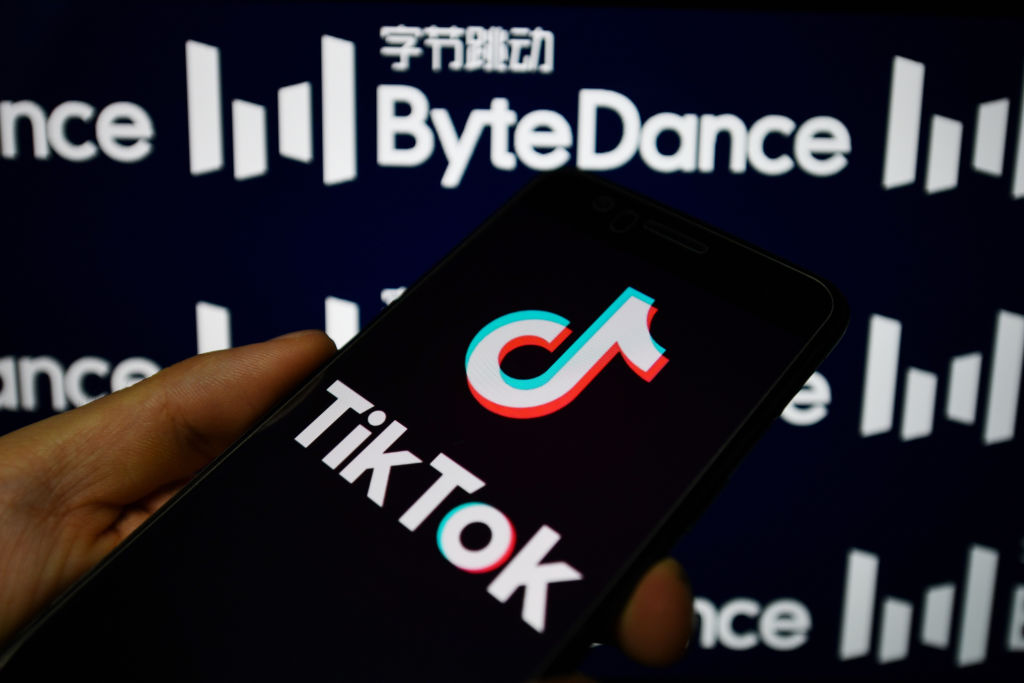Imagine yourself unable to see well enough to drive, and how that would change your life. I witness that scenario every day at home with my wife, who is legally blind, and a very busy person. She reveres Uber and Lyft because they provided her with the still remarkable option to get up and go whenever she wants, wherever she wants. So imagine her excitement a year ago when she was treated to a brief ride in a self-driving Waymo taxi. The safety driver asked my wife to buckle up and hit the “start” button. Yes, exactly! Where is that start button?
We all had a chuckle because the point of the excursion was to talk about Waymo’s commitment to accessibility in the development of self-driving taxis, which are already in service in Phoenix. Waymo is working closely with the Foundation for Blind Children (FBC) in Phoenix to get feedback on the experience, and also consulting with The Lighthouse for the Blind in San Francisco. We are delighted to announce that Waymo’s work on accessibility will be featured at Sight Tech Global, which is a virtual event (December 2-3) focused on how AI-related technologies will influence assistive technology and accessibility in the years ahead. Attendance is free and registration is open.
Joining the Waymo accessibility session are three key figures helping to guide Waymo’s work. Clement Wright is the Waymo product manager responsible for Waymo’s user experience and accessibility efforts. His focus is on ensuring all Waymo riders, including those with disabilities, can enjoy safe, comfortable and convenient rides in Waymo’s fully driverless service. Marc Ashton is CEO, Foundation for Blind Children, which is a Phoenix-based and nationally recognized leader in the education of blind children. Ashton’s son is blind, which led to his interest in the field and in 2007 to the role of CEO. Bryan Bashin is the CEO of Lighthouse for the Blind in San Francisco, which offers education, training, advocacy and community for blind individuals in California and around the world. Blind since college, Bashin has dedicated much of his career to advocating for equality, access, training and mentorship for individuals who are blind or low vision.
Waymo’s quest for a highly accessible, self-driving ride is no easy challenge. “Today, ride-hailing and taxi drivers fulfill certain duties outside of strictly driving the car,” says Wright. “They may roll down the window at pickup to speak to a rider and help them find the car. One of our largest challenges as we work to build the Waymo Driver is ensuring that we understand all of the rider’s additional needs without a human driver in the car.”
The Waymo team has worked with adult members of the FBC to get feedback on the mobile app used to summon a Waymo taxi, for example, by using the way-finding mechanism of honking the taxi’s horn through the app. “Time and again,” says Wright, “we’ve seen that a feature built to help a specific group of people, the visually impaired for example, is actually very helpful for the rest of our rider base as well. This has led us to a broader focus on inclusive design — looking at specific rider’s needs to understand key challenges, and then building solutions that help everyone.”
Autonomous vehicles have the potential to help people with disabilities, including the 1.3 million Americans who are legally blind, get where they need to go safely and efficiently. We will dive into how Waymo accounts for accessibility throughout its product development cycle and explore the critical role that feedback, from both blind and low-vision users, as well as partner organizations who represent those groups, plays in that process. Join us at Sight Tech Global on December 2-3 to join the session. Get your free pass now.
Sight Tech Global welcomes sponsors. Current sponsors include Verizon Media, Google, Waymo, Mojo Vision and Wells Fargo. The event is organized by volunteers and all proceeds from the event benefit The Vista Center for the Blind and Visually Impaired in Silicon Valley.
Source: Tech Crunch


